This Forgotten Pioneer Made India’s First Indigenous Film Camera From Scratch!
Baburao Painter accomplished multiple things at a time when there was no internet, guidance or film schools. He gave our film industry those aspects without which one cannot imagine to make a film today.
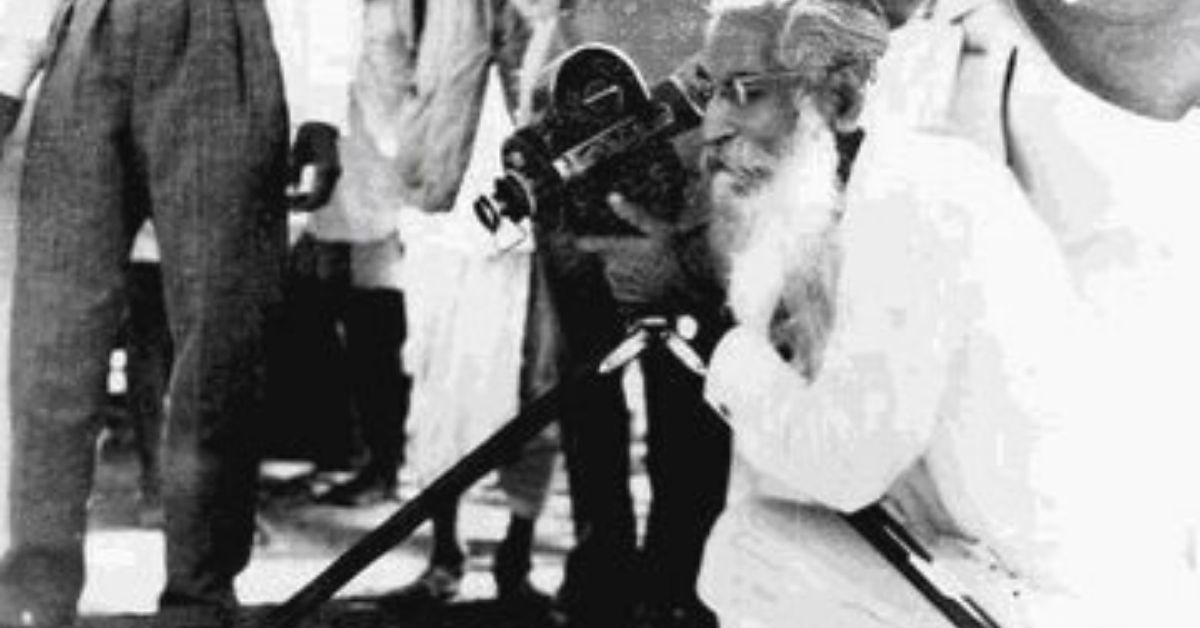
Baburao Painter refused to budge when people told him shooting at night won’t get him any results. One of the pioneering filmmakers of India, Baburao ignored the warnings, mockings, and accomplished the impossible.
The year was 1923, an era when technological advancements and shooting equipment had not yet made inroads into India. Born in 1890 as Baburao Krishnarao Mestry in Kolhapur, Maharashtra, he used a packet of gunpowder to create artificial light in a fort.
He lit the gunpowder a few seconds before the shot, and aced the night shoot for a scene in the Marathi film Sinhagad. He was even felicitated at the Wembley Exhibition in London the following year.
It was probably the first time anyone had used artificial lighting, a concept that is widely used in filmmaking today, almost a hundred years later.
This was not the first time Baburao broke away from the conventional norms of cinema and made his own rules in the silent era.
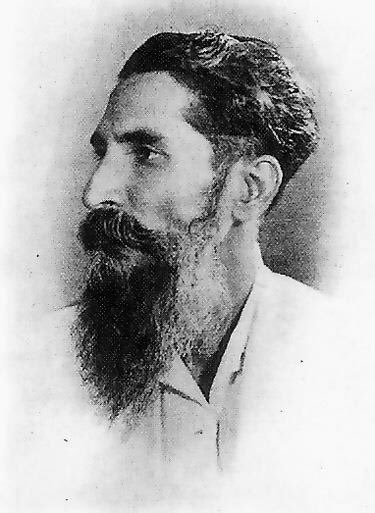
Sadly, not many are aware of his unparalleled contribution to the Indian film industry. One of the reasons could be the lack of importance given to people behind the camera. Plus, he was busy forming his own identity vis-a-vis his competitor, Dadasaheb Phalke, also known as Father of Indian Cinema.
But then Baburao was a person who never demanded any attention. All through his life, his primary focus was to spread awareness about social issues through his entertaining films.
The Self-Made Man With Multiple Hats
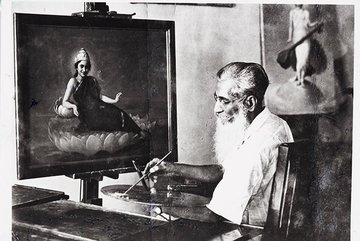
Baburao started his career with his cousin, Anandrao Painter, as a painter.
The duo left a remarkable imprint through their artworks in theatre and drama troupes. They would draw and design backdrops and curtains for Sangeet Natak and Gujarati Parsi theatres. This introduced him to the mesmerising and fascinating world of acting, drama, and plays, which gradually manifested into silent films.
After seeing India’s first full-length feature film, Raja Harishchandra, Baburao started watching more movies.
One day, he decided to make his own camera and approached Phalke, who had purchased a film camera from Germany. With several questions and excitement, Baburao met Phalke, but he was turned down.
Not willing to give up, Baburao decided to make his own film camera with a second-hand projector. His cousin, Anandrao, and his disciple, V G Damle, helped him make the camera in 1918.
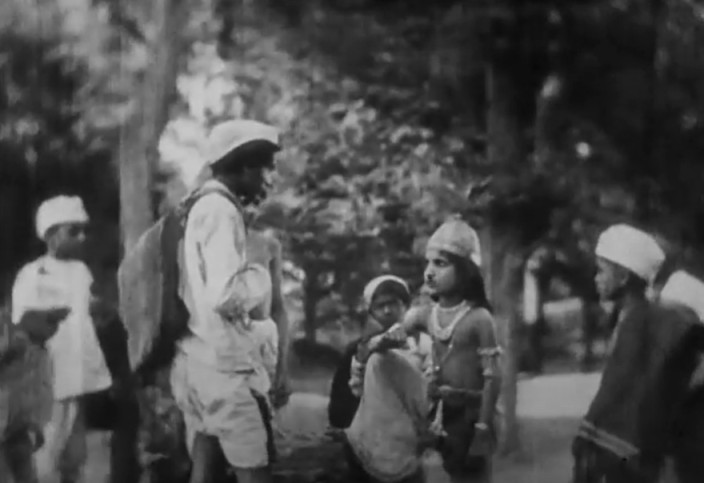
In 1919, Baburao established his film company, Maharashtra Film Company, in Kolhapur with his friends, including India’s finest filmmaker, V Shantaram. The company had to be closed down later as the members joined The Prabhat Film Company.
A year later, Baburao was ready to shoot his first film, Sairandhri based on the mythological epic, Mahabharata. The story revolved around the villainous Keechak and Sairandhri, the persona adopted by Draupadi in her thirteenth year of exile.
This movie drew the attention of the British Government who asked Baburao to censor a scene from the film. This was the first instance of censorship in India. The story, narrated by Marathi filmmaker and painter, Chandrakant Joshi to Indian Express, goes:
“There is a scene in Sairandhri that shows Bhima slaying Keechak. It was so realistic that during the first few shows, the women in the audience started screaming, assuming it was real. While there is no document that suggests the scene was edited, apparently, a representative would announce prior to the screening that it was shot using props.”
The critical acclaim and the effect this film had on people, motivated Baburao to make more films. His filmography boasts of 18 silent films and nine talkies.
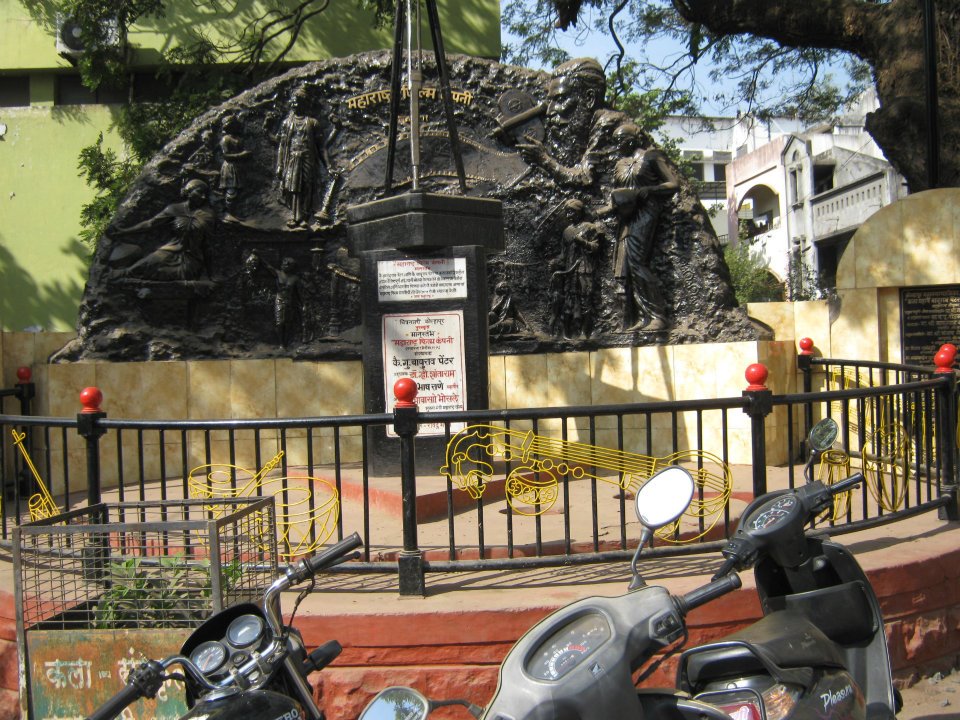
When filmmakers like Phalke centred their films around myths and stories of faith, Baburao took the unusual route. He depicted realism and societal issues.
Take, for instance, Savkari Pash (1925) that exposed the plight of poor farmers reeling under debt. However, the film did not see success as cinemagoers of the time preferred a fantasy world.
Meanwhile, his other production, Sinhagad was widely watched and appreciated. This propelled the Revenue Department to introduce the Entertainment Tax, another first in India that came through Baburao.
Apart from directing his own films, he also took care of aspects like designing sets, writing screenplays, fleshing out characters, and designing costumes.
Baburao also introduced technical advancements such as artificial lights, reflectors, and three multi-dimensional spaces. He was perhaps the first to understand the significance of film promotion in India. For this, he would design pamphlets and booklets.
Baburao managed to accomplish multiple things at a time when there was no internet, guidance, or formal education on filmmaking. He gave our industry aspects without which filmmaking cannot be imagined.
With so many feathers in his hat, Baburao who passed away in 1954, truly, was a visionary filmmaker.
(Edited by Shruti Singhal)
Like this story? Or have something to share?
Write to us: [email protected]
Connect with us on Facebook and Twitter.
If you found our stories insightful, informative, or even just enjoyable, we invite you to consider making a voluntary payment to support the work we do at The Better India. Your contribution helps us continue producing quality content that educates, inspires, and drives positive change.
Choose one of the payment options below for your contribution-
By paying for the stories you value, you directly contribute to sustaining our efforts focused on making a difference in the world. Together, let’s ensure that impactful stories continue to be told and shared, enriching lives and communities alike.
Thank you for your support. Here are some frequently asked questions you might find helpful to know why you are contributing?


This story made me
-
97
-
121
-
89
-
167













